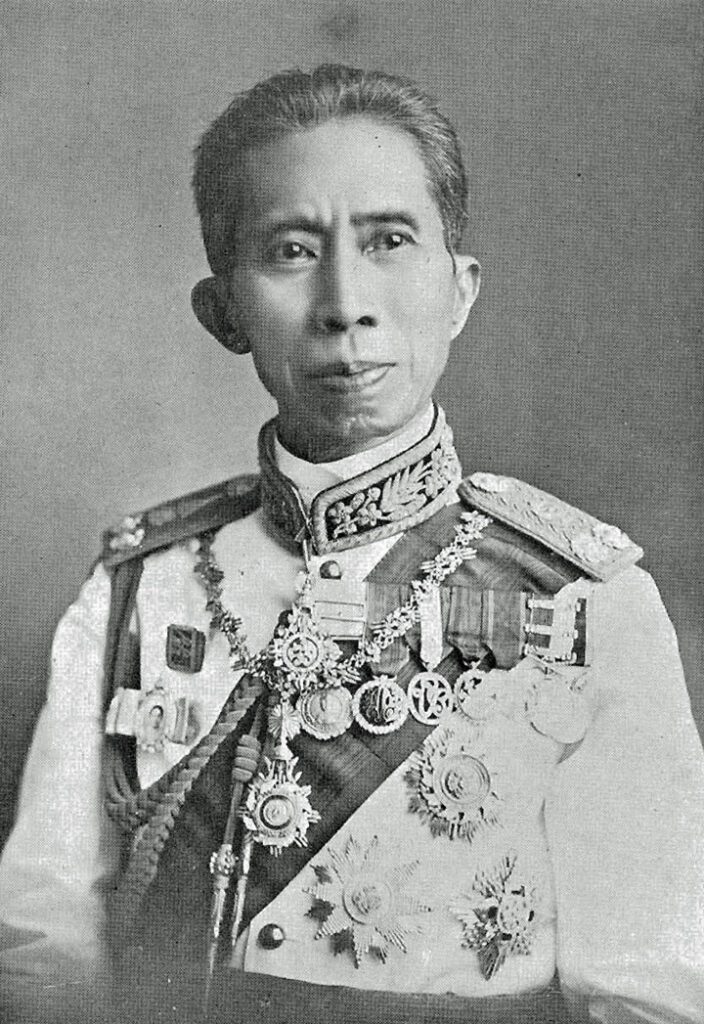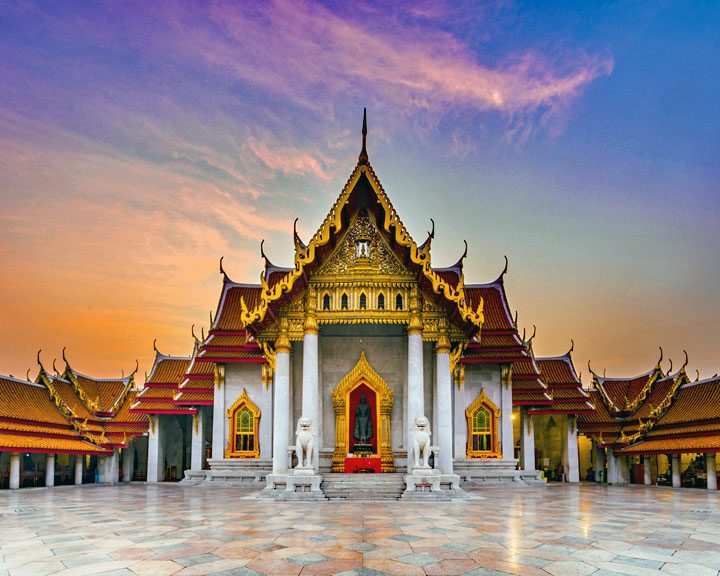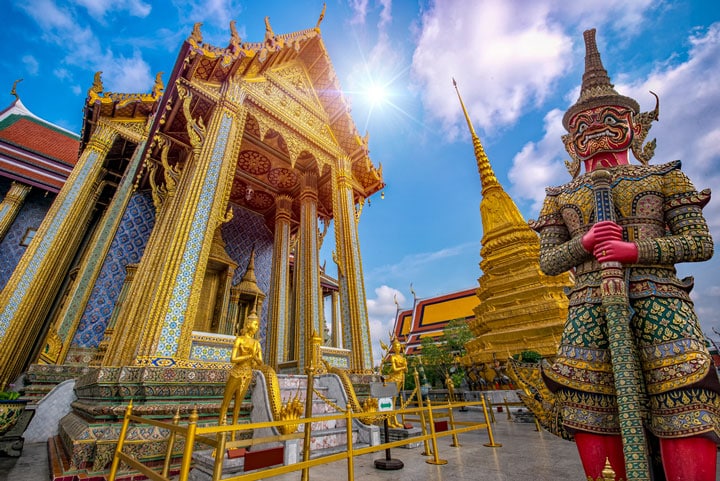Prince Narisara Nuwattiwongse, minister, general, admiral, academic and promoter of the fine arts

Narisara Nuwattiwongse (photo: Wikipedia)
Princes… You can't miss it in Thailand's rich and at times turbulent history. Not all of them turned out to be the proverbial fairytale princes on the equally proverbial white elephants, but some of them did manage to leave their mark on the nation.
Take Prince Narisara Nuwattiwongse, for example. He was born in Bangkok on April 28, 1863 to King Mongkut and Phannarai, Princess Chae Siriwond, one of the monarch's consorts. Within the dynastic rank he was 62e son of the king and consequently not real, as for instance his half-brother Chulalongkorn destined for great deeds. However, the young prince turned out to be a bright lad and, thanks to his Western teachers, received a broad scientific education. Especially art, in the broadest sense of the word, already fascinated him at a very young age and he was no stranger to some talent as a draftsman and painter.
It was perhaps due to this broad interest that at the age of 17 he was charged with overseeing the major restoration of Wat Phra Kaew, the Temple of the Emerald Buddha, the main temple within the Grand Palace. An assignment he fulfilled with verve because after he had completed this job he was officially appointed as director of the not entirely unimportant Department of Public Works and Spatial Planning of the Ministry of the Interior. Many large orders would follow. In 1899, for example, he drew the plans for the imposing and very beautiful Wat Benchamabophit Dusitvanaram, which is also popularly known as the Marble Temple because of the frequently used Italian marble. This temple, in which the ashes of King Chulalongkorn, revered to this day, were later interred, has been on the UNESCO World Heritage List since 2005. He also played a crucial role in urban planning. In 1891, for example, he was responsible for the construction of Yaowarat Road and seven other streets in the Sampheng district.

Wat benchamabophit
Prince Narisara Nuwattiwongse was versatile in the broadest sense of the word. In addition to the aforementioned jobs, he held other senior positions. For example, from 1892 to 1894 he was Minister of Finance and was closely involved in the administrative and fiscal reforms that his half-brother Chulalanongkorn was rapidly implementing in his efforts to modernize Siam. In 1894 he left the Treasury Department to become Secretary of War. He was not only general of the infantry but also an admiral and from 1898 combined these two functions with that of commander of the Siamese navy. Here too he had to modernize things because the Siamese naval forces had suffered a serious loss of face during the so-called Paknam incident in the short Franco-Siamese War of 1893, in which French warships had not only blocked the Chao Phraya but also, without too many problems , had breached the Siamese naval defenses. As if this were not enough, he was also Chief of Staff of the Thai Armed Forces from 1894 to 1899, making him the highest-ranking soldier in the kingdom…
Despite all the clatter of weapons and saber-towing, art and culture were and remained his great passion. His main concern was the creation of a 'National Siamese Art', which was to serve as a means to give modern Siam its own cultural identity. A task that was no sinecure because until then Siam had rather been a patchwork of semi-autonomous and often feudally organized kingdoms and states that were half-heartedly controlled by the central authority… The 'culture of unity' envisaged by the prince was not only intended to distinguish Siam from the – neighboring countries colonized by the Western superpowers – but also form the cement that held the nation together. He therefore played a key role in this story, including as the government-appointed art advisor for the renowned Royal Institute of Thailand. He not only succeeded in rescuing the old art crafts from oblivion but also strongly stimulated them and worked together with mainly Italian artists and architects to create a brand new 'national art concept'. Moreover, he realized like no other that this concept stood or fell with sound art education and he made additional efforts to give shape to this as well. For example, he was the mentor of Phra Phromichit who founded the architecture course at Silpakorn University. Another 'stayer' of his hand are the various logos he designed for the 'new style' ministries and departments, many of which are still used today.

Wat phra kaew
It probably won't surprise you that the prince was also an author and even composed a number of pieces of music... You would almost start to wonder if the good and apparently multi-talented man ever got some rest. Anyone who thought he could spend his last days in peace and tranquility is also out for the trouble. After the peaceful coup d'état of June 24, 1932, absolute monarchy was abolished and his nephew, King Prajadhipok, was effectively sidelined. The latter therefore chose to disappear to England where he was officially treated for a long time for a bad eye condition. In that turbulent period Prince Narisara Nuwattiwongse came to the fore one more time. He replaced his nephew as regent of the kingdom between 1932 and 1935. After Prajadhipok's final abdication in 1935 and the choice of 9-year-old Ananda Mahidol as the new king, he declined the request to continue as regent because of his advanced age.
He died on March 10, 1947 in Bangkok after a long life in the service of the nation that had since been renamed Thailand.

